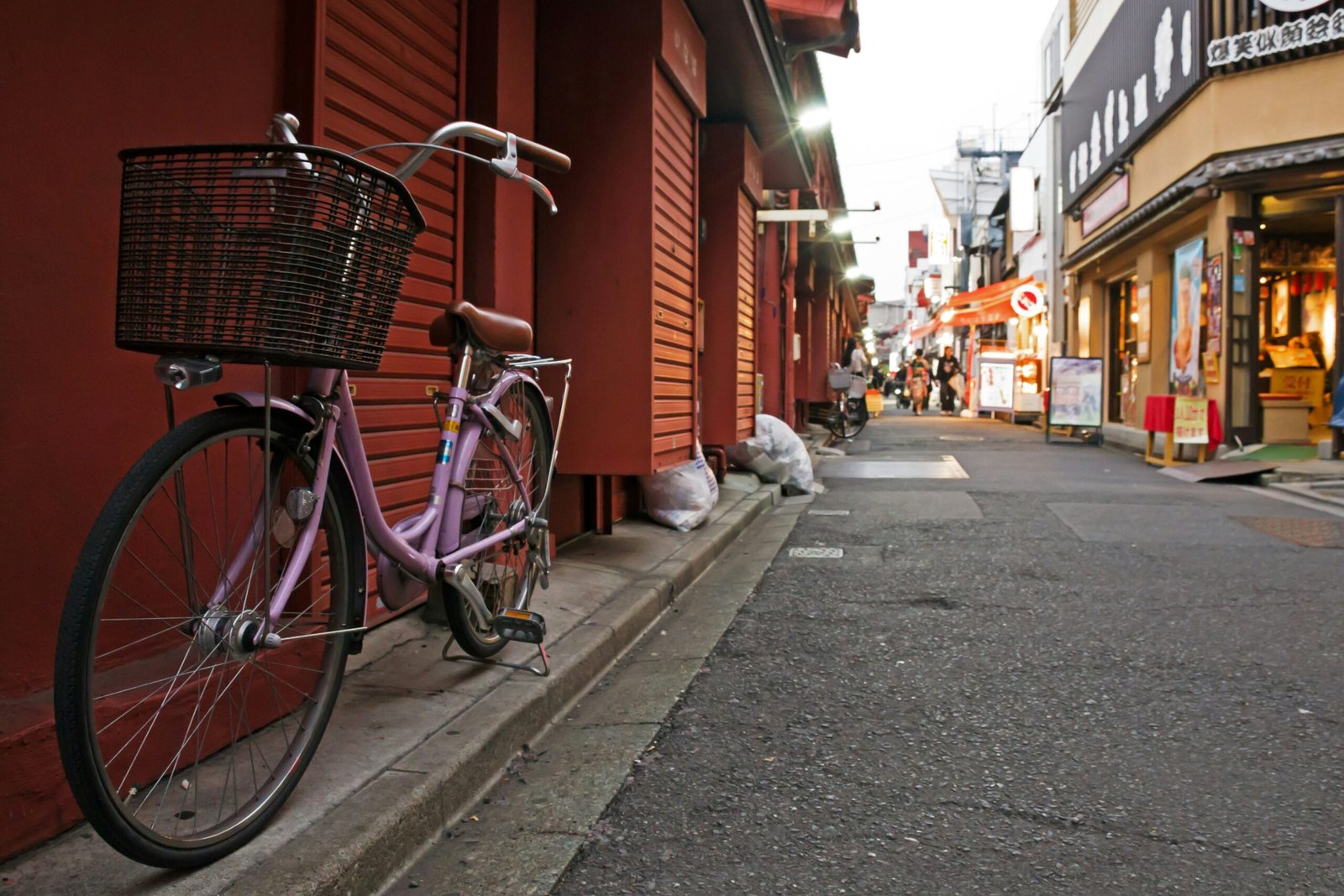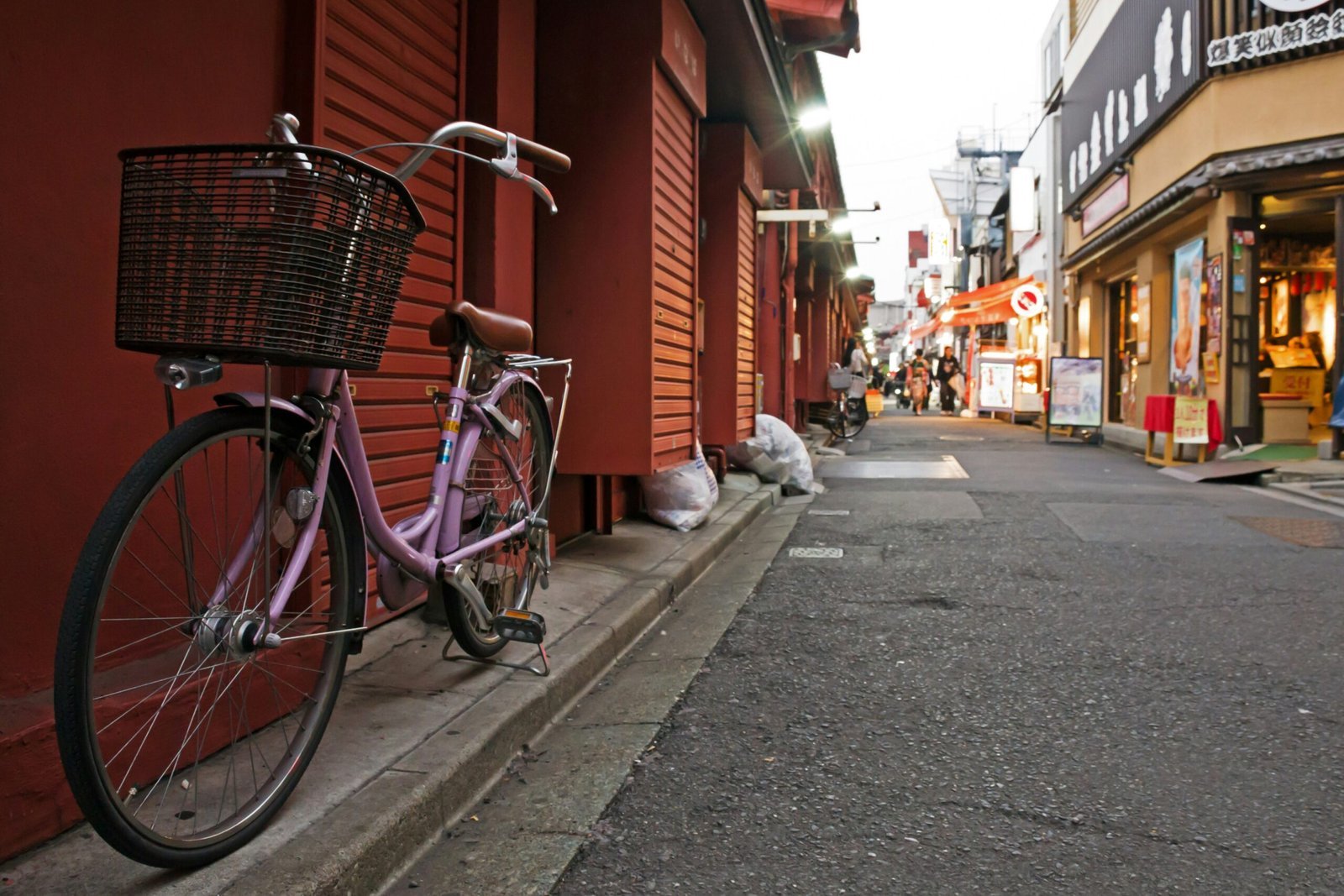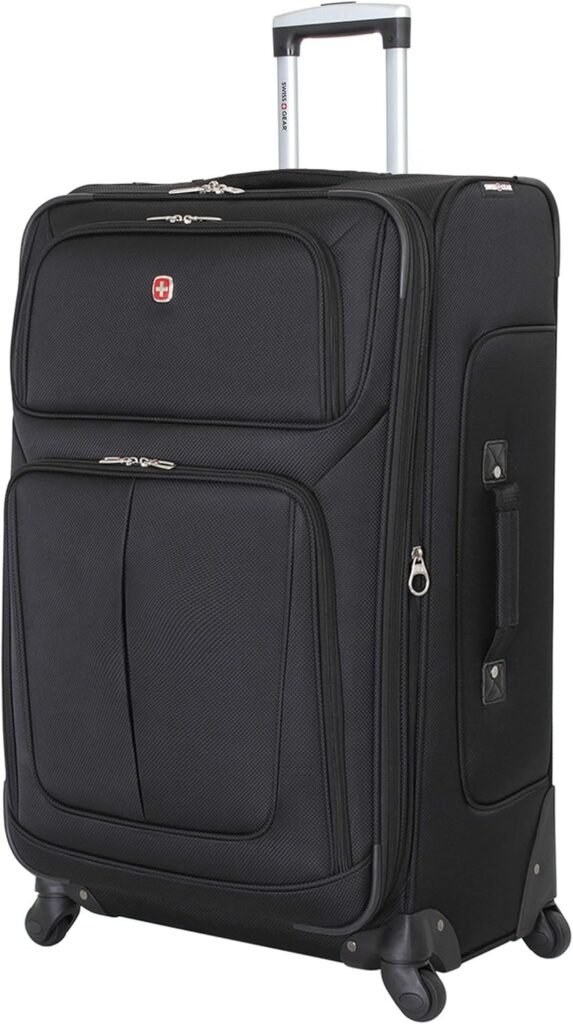

Introduction to Shopping in Asia
Asia is renowned for its vibrant shopping culture, where shopping transcends mere consumerism to become an integral facet of daily life and cultural identity. The continent boasts a captivating blend of traditional markets, modern shopping malls, and bustling street markets, each offering unique experiences that reflect the local way of life. From the sprawling, ornate bazaars of Marrakech to the high-tech shopping centers of Tokyo, each destination highlights the diversity and richness of Asian shopping landscapes.
In many Asian countries, shopping is not solely about acquiring goods; it represents a social activity that fosters community interaction. Traditional markets, often characterized by their colorful stalls and energetic atmosphere, serve as focal points for local communities. Here, shoppers can engage with vendors, sample street food, and discover a plethora of handcrafted items, embodying the cultural heritage of the region. Markets like the Chatuchak Weekend Market in Thailand or the famous souks in Morocco offer a sensory overload and invite both locals and tourists to immerse themselves in authentic local experiences.
Modern malls, on the other hand, showcase Asia’s rapid economic development and urbanization. These complexes often feature leading international brands, cutting-edge technology, and luxurious dining options. Places such as Singapore’s Orchard Road and Beijing’s Wangfujing Street exemplify how modern shopping experiences coalesce with regional culture, catering to a diverse clientele. The juxtaposition of traditional and contemporary retail spaces in cities across Asia creates a unique shopping tapestry, garnering interest from both tourists and locals alike. Hence, shopping in Asia not only serves as a commercial endeavor but stands as a cultural intersection where people from diverse backgrounds congregate, fostering community ties and economic activity.

Tokyo, Japan – The Epicenter of Fashion and Technology
Tokyo, the vibrant capital of Japan, stands as an unparalleled shopping destination that seamlessly marries cutting-edge technology with high-fashion. Visitors to this dynamic city can explore an eclectic array of shopping districts that cater to diverse tastes and preferences. The luxurious Ginza district is renowned for its upscale boutiques, designer labels, and flagship stores, drawing fashion enthusiasts from around the globe. Here, one can find an impressive assortment of high-end products, spanning from couture clothing to exquisite accessories, making it a haven for luxury shoppers.
In stark contrast, the Harajuku neighborhood offers a more eclectic shopping experience, characterized by youthful energy and creative expression. This area is a mecca for street fashion, featuring quirky shops and boutiques that showcase the latest trends among Tokyo’s youth. Iconic shopping streets such as Takeshita Street are lined with unique shops, offering everything from vintage clothing to avant-garde accessories. The vibrant atmosphere allows shoppers to immerse themselves in contemporary Japanese fashion and witness the evolution of style firsthand.
Furthermore, Tokyo’s reputation as a technological hub enhances the shopping experience significantly. Cutting-edge electronic stores like Akihabara present the latest gadgets and innovations, appealing to tech enthusiasts eager to explore the newest advancements in the electronics market. Shoppers are greeted with interactive displays and demonstrations, enabling them to experience products firsthand before making a purchase.
Moreover, traditional markets such as Nakamise in Asakusa provide a glimpse into Japan’s rich cultural heritage. Here, one can find handcrafted souvenirs, sweets, and traditional garments, adding a unique dimension to the shopping experience. The blend of modern and ancient shopping environments reflects the multifaceted culture of Tokyo, further enriching the overall shopping journey for every visitor.
Bangkok, Thailand – A Shopper’s Paradise
Bangkok, Thailand, is renowned for its vibrant shopping scene, offering a unique blend of modernity and tradition. The city’s markets and malls are a paradise for shoppers seeking everything from local handicrafts to high-end fashion. One of the most notable shopping experiences in Bangkok is the Chatuchak Weekend Market, which boasts over 15,000 stalls. Here, visitors can explore an extensive range of goods, including handmade crafts, vintage clothing, and local art. The bustling atmosphere, accompanied by the chatter of vendors and customers, enhances the shopping experience immensely.
In addition to street markets, Bangkok is home to several luxurious shopping malls that cater to a variety of tastes. CentralWorld, one of the largest shopping centers in Southeast Asia, offers an array of international and local brands. From fashion and electronics to home décor, CentralWorld is a must-visit for those looking to indulge in a luxurious shopping spree. Similarly, Siam Paragon stands out with its upscale boutiques and gourmet food market. Visitors can enjoy shopping for designer labels as well as sampling exquisite local delicacies available at the food court.
The unique haggling culture prevalent in Bangkok adds an engaging dynamic to the shopping experience, particularly in street markets. Bargaining is not just accepted; it is encouraged, allowing shoppers to secure better deals. While navigating through the market stalls, one cannot resist the tantalizing street food offerings. From pad Thai to mango sticky rice, these culinary delights offer a perfect break between shopping excursions.
Overall, Bangkok promises an exciting shopping experience that caters to both budget and luxury shoppers, enriched by the city’s vibrant culture and culinary scene. The diversity of products available and the lively atmosphere make shopping in Bangkok an enjoyable adventure for all who visit.
Hong Kong – Where East Meets West in Retail
Hong Kong stands as a prominent shopping destination in Asia, exemplifying an extraordinary fusion of Eastern and Western retail experiences. The city attracts millions of tourists who seek not only high-end luxury but also unique local products, making it a compelling hub for shoppers. Notable shopping districts such as Causeway Bay and Mong Kok showcase this dynamic blend, offering visitors an array of options that cater to diverse tastes and budgets.
Causeway Bay is renowned for its upscale shopping malls and flagship stores featuring prestigious international brands, alongside local boutiques. Here, visitors can explore the likes of Times Square, which houses a vast selection of fashion and lifestyle choices, while also indulging in gourmet food options found in its food court. Just a short distance away, Mong Kok presents a contrasting atmosphere with its energetic street markets, such as the Ladies’ Market and Fa Yuen Street Market. These open-air markets are perfect for those searching for unique souvenirs, trendy apparel, and affordable electronics, making the shopping experience both enjoyable and memorable.
One of Hong Kong’s most appealing aspects is its status as a duty-free shopping hub. With no sales tax, tourists often find that purchasing luxury goods, such as designer handbags and jewelry, is significantly more affordable than in other major cities around the world. This advantage makes Hong Kong an attractive destination for savvy shoppers looking for quality products at competitive prices. Moreover, the city’s operating hours are exceptionally convenient, with many shops remaining open late into the evening, allowing for a flexible shopping experience.
In summary, Hong Kong’s unique shopping landscape offers a remarkable blend of traditional markets and luxury retail, making it a must-visit destination for anyone looking to indulge in a varied shopping experience.

Seoul, South Korea – A Hub of K-Pop and Fashion Trends
Seoul has emerged as a dynamic epicenter of fashion and culture, significantly influenced by the global rise of K-Pop and youth trends. The city seamlessly blends traditional values with contemporary styles, enabling it to capture the essence of modern-day shopping experiences. Key districts such as Myeongdong and Gangnam stand out, serving as vital hotspots for those seeking the latest in beauty products and fashion merchandise.
Myeongdong is renowned for its bustling streets lined with a myriad of cosmetics stores and fashion boutiques. Visitors can find a fusion of international brands alongside unique local labels, reflecting South Korea’s stylish allure. Similarly, Gangnam, often associated with the K-Pop phenomenon, presents a lavish shopping experience characterized by high-end designer stores and chic fashion outlets. This district encapsulates the notion of luxury shopping, directly linked to the lifestyles portrayed by popular K-Pop idols.
A distinctive feature of shopping in Seoul is the prevalence of pop-up stores, which often showcase limited edition merchandise related to music groups, fashion, and lifestyle items. These temporary shopping experiences tend to generate significant excitement and attention, drawing in fans eager to acquire exclusive products. Additionally, the city’s innovative underground shopping centers provide a unique atmosphere where visitors can explore numerous shops and boutiques, offering a comfortable escape from the bustling streets above.
Furthermore, social media plays a crucial role in shaping shopping trends within South Korea. Platforms like Instagram and TikTok have revolutionized how consumers discover and interact with brands, promoting the latest fashion trends and beauty innovations directly to a global audience. As a result, shopping in Seoul is not just an activity; it is an immersive experience that encapsulates the spirit of K-Pop and the vibrant youth culture of South Korea.
Conclusion – The Future of Shopping in Asia
As we reflect on the rich tapestry of shopping experiences across Asia, it is evident that the future of retail in this region is poised for transformation. The evolution of shopping destinations showcases a blend of traditional markets and modern retail environments, catering to diverse consumer preferences. One significant trend is the seamless integration of online and physical retail experiences. Consumers increasingly expect a cohesive journey that allows them to shop either in-store or online, with options for delivery, in-store pickup, and real-time inventory updates. This shift not only provides convenience but also enhances the overall shopping experience.
Another crucial aspect shaping the future of shopping in Asia is the growing emphasis on sustainability. With heightened awareness of environmental issues, consumers are more inclined to support brands that prioritize eco-friendly practices. From sustainable packaging to responsible sourcing of products, businesses are responding by adopting greener approaches. As a result, this trend is likely to influence consumer behavior significantly, encouraging shoppers to seek out retailers that align with their values and commitment to sustainability.
Moreover, the influence of technology on consumer behavior cannot be overstated. The rise of smart shopping technologies, including augmented reality and artificial intelligence, provides customers with personalized shopping experiences. These innovations enable brands to engage with consumers in meaningful ways, guiding them through their purchasing decisions. As technology continues to develop, Asian shopping destinations are expected to incorporate new tools that enhance customer engagement and streamline the shopping process.
In conclusion, the future of shopping in Asia embodies a dynamic interplay between tradition and innovation. As consumers venture into these vibrant markets, they are encouraged to embrace the rich cultural heritage alongside cutting-edge retail experiences. This evolution promises that each shopping adventure will be not just a transaction, but a memorable journey through the diverse landscapes of one of the world’s most exhilarating regions.
